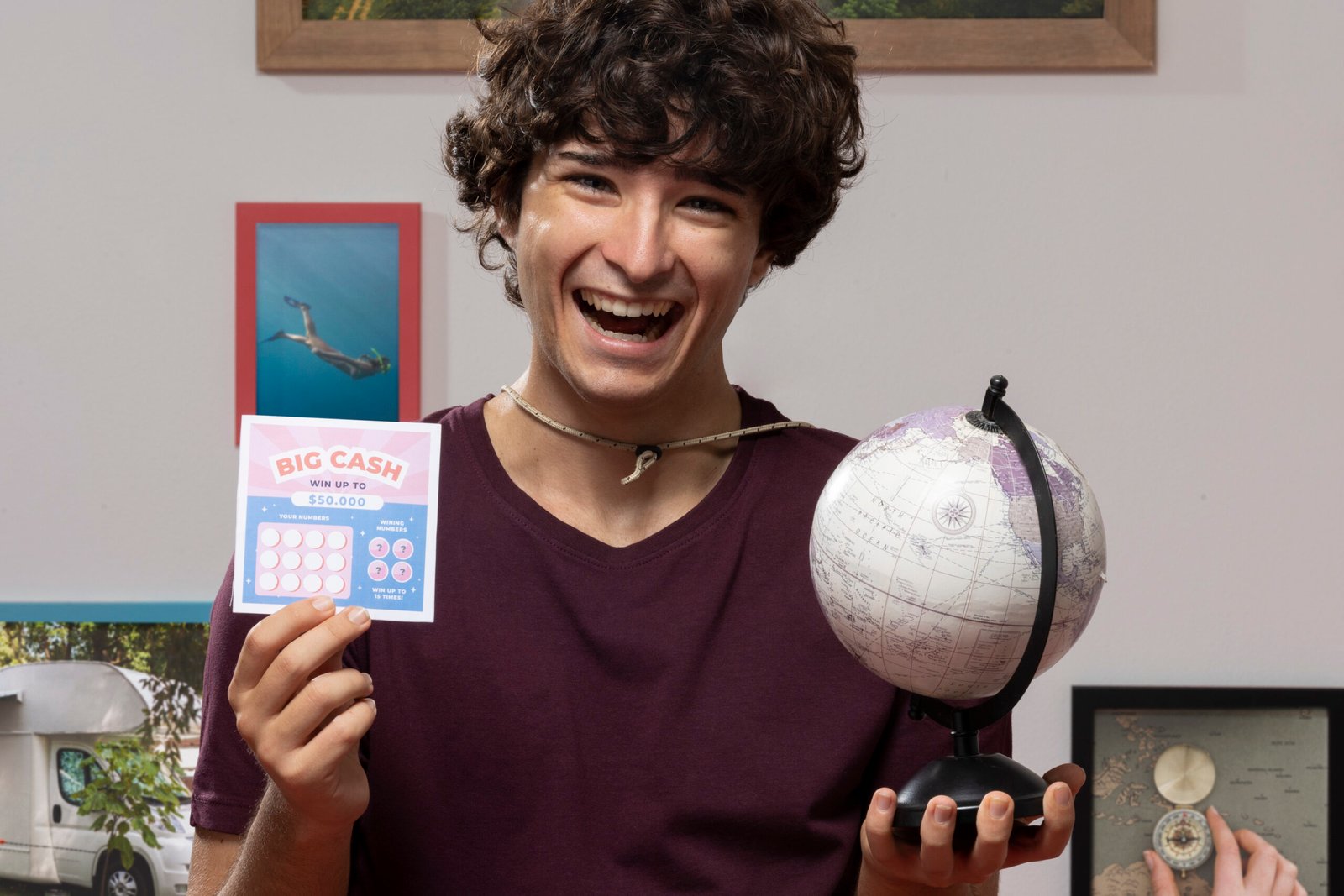How Much Will a Space Ticket Cost in 2030? — A Complete Breakdown

Why price matters (and why “a space ticket” is not one thing)
When people ask “how much will a space ticket cost in 2030?” they usually assume a single number. But space tourism covers very different experiences:
- High-altitude balloon / stratospheric “near-space” flights (e.g., Space Perspective) — long duration, gentle ascent, dramatic Earth views without rocket G-forces.
- Suborbital rocket flights (e.g., Virgin Galactic, Blue Origin) — minutes of weightlessness, short flights over the Kármán line.
- Orbital flights / ISS visits / private-station stays (e.g., Axiom/SpaceX charter missions) — days to weeks in low Earth orbit.
- Lunar circumlunar or more exotic missions — far more expensive and rare.
Each has wildly different cost drivers: fuel and hardware, vehicle reuse, training, regulatory fees, insurance, and whether the experience is mass-produced or bespoke. That’s why space ticket cost is best expressed as a range by experience type, not a single figure.

Table of Contents
1) Where prices stand today (2024–2025): snapshot with real examples
Here are representative contemporary price points to anchor projections:
- High-altitude balloon (Space Perspective): advertised seats at $125,000 per person. reserve.spaceperspective.com
- Virgin Galactic (suborbital): the company lists updated seat pricing in product info around $600,000 per person (company figures vary by year/flight). Virgin Galactic
- Blue Origin (New Shepard): Blue Origin has not published a single fixed retail price publicly; deposits and promotions have been reported (deposit requirements and auctioned seats historically); many estimates put comparable suborbital pricing in the mid- to high-hundreds of thousands. Blue Origin
- Orbital private missions (Axiom/SpaceX charters): reported seat prices on commercial ISS missions and Axiom flights have been in the tens of millions — recent reporting cites roughly $65M–$70M per private astronaut for full orbital missions including training and onboard support. Business Insider
- Historic/agency-brokered orbital seats (Space Adventures / Russian Soyuz era): past private ISS flights were brokered for $20M–$40M depending on mission length and services. Space
These numbers show the split: short suborbital experiences are currently priced in the hundreds of thousands; orbital trips cost many millions.
2) Main cost drivers that will shape space ticket cost by 2030
Understanding the future requires knowing what actually makes ticket prices high or low.
- Launch & hardware costs. Rockets historically dominated ticket cost. Reusable rockets (and reusability improvements) drive per-passenger costs down.
- Vehicle cadence and yield. More flights = cost spread across more tickets. If companies scale to dozens/hundreds of flights/year, prices fall.
- Training & support. Orbital stays include lengthy training, mission ops, NASA/partner fees and insurance — these are fixed per-passenger overheads.
- Regulation & liability insurance. As commercial space opens up, regulatory compliance and insurance pools will affect pricing, especially in large markets.
- Customer experience and branding. Luxury offerings (Michelin dinners at 100k ft, private-station residencies) can maintain premium pricing regardless of production cost. Food & Wine
- Market demand & competition. More providers and competition can drive offers, discounts and new business models (fractional ownership, subscription access, financing).
- Macro-economics and fuel prices. Space is not immune to inflation and energy cost swings.
The result: technological and business-model progress tends to push baseline prices down, while luxury/novelty features push premium prices up.
3) Company-by-company quick breakdown (current price & product, and how that shapes 2030 costs)
Space Perspective (balloon — “Spaceship Neptune”)
- Today: ~$125k/seat for a multi-hour stratospheric experience. reserve.spaceperspective.com
- 2030 view: Balloon concepts are uniquely capital-light relative to rockets. If Space Perspective scales capacity (and larger capsules reduce per-seat costs), the space ticket cost for balloon flights could drop to well under $100k in favorable scaling scenarios.
Virgin Galactic (suborbital air-launch/spaceplane)
- Today: product info lists seats around $600k (varies by edition and service package). Virgin Galactic
- 2030 view: Virgin’s roadmap to higher flight cadence with new vehicles could push costs down somewhat — projected $200k–$600k band depending on fleet scale and whether they target premium vs mass suborbital markets.
Blue Origin (New Shepard, suborbital)
- Today: public pricing not fully disclosed; deposits reported; likely similar to early Virgin pricing for retail customers. Blue Origin
- 2030 view: Blue Origin’s approach to pricing may mirror market competition: if both incumbents scale, suborbital ticket cost could stabilize around $150k–$400k.
SpaceX / Axiom / Orbital private missions
- Today: full orbital mission seats (Axiom- and brokered flights) reported at $55M–$70M including training, mission services, and ISS costs. Wikipedia
- 2030 view: If dedicated commercial stations (Axiom’s station plans) and mass-produced orbital vehicles become available, per-person orbital access could fall, but not by orders of magnitude — expect $10M–$50M per orbital seat for substantial orbital stays in many scenarios.
Space Adventures & legacy brokers
- Historically arranged private Soyuz flights for $20M–$40M; future lunar circumnavigation offers have been priced far higher. Space
4) Projecting to 2030: three realistic scenarios for space ticket cost
Pessimistic / premium-only scenario (limited scale)
- Suborbital/balloon: $150k–$700k
- Orbital (ISS/private station): $40M–$100M
- Why: low flight cadence, expensive insurance/regulation, slow vehicle scale. Tourism remains a wealthy-niche indulgence.
Baseline / mixed market (most likely)
- High-altitude balloon: $50k–$150k (balloon firms scale, more seats sold). Mordor Intelligence
- Suborbital rockets (mass-market suborbital): $150k–$400k (competition & reuse drive prices down). Mordor Intelligence
- Orbital short stays / private station: $10M–$50M (more providers, some efficiencies). Business Insider
Optimistic / scale-driven democratization
- Balloon/suborbital: $25k–$150k (mass tourism & economies of scale)
- Orbital: $5M–$20M (commercial LEO habitats and ride-sharing reduce per-seat cost)
- Why optimistic: rapid increase in flight cadence, multiple commercial stations, cheaper reusable heavy-lift systems and mature regulatory frameworks.
Which of these is most plausible depends on policy, investment flows, and consumer appetite. Market research firms currently expect substantial growth and downward pressure on some categories over the 2025–2030 period. Mordor Intelligence
5) A practical price-comparison table (current vs plausible 2030 ranges)
| Experience type | Representative provider(s) | Typical cost today (2024–25) | Plausible 2030 space ticket cost range |
|---|---|---|---|
| High-altitude balloon (near-space) | Space Perspective | $125,000 per seat. reserve.spaceperspective.com | $50k–$150k (scale + larger capsules) |
| Suborbital rocket (minutes in space) | Virgin Galactic, Blue Origin | $250k–$600k (Virgin lists ~$600k product price). Virgin Galactic+1 | $150k–$400k (competition & reuse) |
| Orbital short-stay (ISS/private-station) | Axiom/SpaceX charters | $55M–$70M reported for commercial astronaut seats. Wikipedia | $10M–$50M (commercial stations + ride-share) |
| Lunar circumnavigation / bespoke luxury | Space Adventures / bespoke missions | Historical offers up to $100M+ for lunar-style missions. Wikipedia | $50M–$200M+ (extremely bespoke) |
Notes: table uses publicized prices where available; companies bundle training, mission ops, insurance and other costs, so per-seat comparisons are approximate.
6) Who will be able to buy a space ticket in 2030?
If the market follows the baseline projection:
- High-net-worth travelers and experience-seekers will still dominate orbital and luxury balloon subgroups.
- Wealthy adventure travelers plus “aspiring” middle-class segments may be able to buy suborbital or balloon flights via financing, membership clubs or contests.
- Corporates, universities, and national governments will purchase orbital research seats and private-mission slots.
Market reports project rapid growth in the space-tourism market (large CAGR), which helps explain why more “affordable” seat bands (e.g., $50k–$150k) are plausible for certain experiences by 2030. Grand View Research+1
7) Tips & tricks to lower your personal space ticket cost
If you’re serious about going to space for cheaper, here are practical approaches:
- Book early and join waiting lists / memberships. Early adopters and membership programs sometimes get discounts. (Space Perspective and Virgin have reservation/deposit programs.) reserve.spaceperspective.com+1
- Watch for promotional auctions & contests. Early New Shepard flights included auctioned charity seats that created publicity-driven lower-effort access. Yahoo
- Consider alternative experiences first. High-altitude balloon flights give near-space views at a fraction of orbital prices. Space
- Group travel / corporate sponsorship. Corporates sometimes underwrite seats for PR or research projects.
- Financing & fractional ownership. Some firms will offer payment plans or membership clubs that effectively lower upfront cost.
- Wait for shared/cargo hitch rides. As ride-sharing improves, per-seat cost on orbital missions can drop.
- Volunteer for test flights or as backup crew. Occasionally companies pay or discount seats for test participants (higher risk, but lower cost).
8) What does a high-price ticket actually pay for? (what you get)
A $100k-$600k suborbital ticket typically includes: preflight medical checks, short training, a dedicated flight, some post-flight ceremony and souvenirs. Orbital multi-million dollar tickets include: months of training, spacecraft systems familiarization, launch vehicle use, mission control services, a multi-day stay or experiments in orbit, and often extensive ground support teams. The training and mission ops piece is the stubbornly “fixed” cost that keeps orbital prices high.
9) Risks, regulation, and why price won’t fall overnight
- Safety & certification timelines: regulators will require time and data to liberalize commercial human spaceflight; this adds cost.
- Insurance costs: human-rating and insurance premiums for crewed flight are non-trivial and will influence ticket pricing for years.
- Infrastructure churn: launchpad, recovery, and ground support infrastructure require capital amortization which early customers help pay.
These constraints mean prices will fall gradually as cadence and competition increase — not instantly.
10) The bigger picture: value, novelty and the future of space ticket cost
By 2030 a bifurcated market is likely:
- “Experiential mass” segment: high-altitude balloons and scaled suborbital flights that are expensive but within reach for well-off adventure travelers — these could hit the $50k–$200k band, bringing space-like experiences to a broader audience. reserve.spaceperspective.com+1
- “Orbital & beyond” segment: still the realm of governments, ultra-wealthy individuals, corporations and research institutions — prices in the millions. Continued growth of commercial LEO infrastructure could pull the high end lower over time, but orbital access demands remain expensive.
Macro analysts (e.g., market research firms and strategy consultancies) see the space economy expanding dramatically through the 2020s and into the 2030s, which supports the idea of both price decline in some segments and strong premium pricing in others. McKinsey & Company+1
FAQs — Quick answers to common questions about space ticket cost
Q1: Will space travel be affordable like airline travel by 2030?
No — mainstream airline-level affordability is unlikely by 2030. Some experiences could approach premium adventure-trip pricing ($50k–$150k) but routine mass-market flight-like prices remain decades away.
Q2: What’s the cheapest real “space” experience I can buy around 2030?
High-altitude balloon trips (e.g., Space Perspective) or discounted suborbital seats — in best-case scenarios you might see seats in the low-five-figure to low-six-figure range. reserve.spaceperspective.com
Q3: Will governments influence price?
Yes. Regulation, safety standards, and partnerships (e.g., NASA allowing commercial ISS missions) shape costs through compliance and access fees. AP News
Q4: How do orbital prices drop?
Through vehicle reuse, ride-sharing, dedicated commercial stations, and economies of scale in training and mission ops. Progress here is real but incremental.
Q5: Are there financing or loan options?
Expect financing programs, membership clubs, and corporate sponsorships to appear for suborbital/balloon experiences; orbital missions will likely remain financed by wealthy buyers and institutions.
Q6: Are the prices in the article guaranteed?
No — these are projections and reasonable ranges based on available data, company announcements and market research. Market disruptions (positive or negative) could change outcomes.
Q7: If I want to go in 2030, what should I do now?
Start by joining waiting lists for providers you trust, explore corporate or research sponsorships, and consider the balloon/suborbital path if budget is a constraint.
Short summary table of the five most important sources (for your reading)
- Space Perspective seat price and bookings. reserve.spaceperspective.com+1
- Virgin Galactic public product info (seat pricing details). Virgin Galactic
- Axiom / SpaceX private-astronaut seat price reporting (~$55M–$70M). Wikipedia+1
- Market research forecasting space tourism growth (Grand View / Mordor). Grand View Research+1
- Reporting on luxury/one-off offerings (e.g., Michelin dinner in space—illustrates premium pricing dynamics). Food & Wine
Conclusion — the bottom line on space ticket cost in 2030
By 2030, the space ticket cost will be plural: a spectrum rather than a single number. Expect balloon and scaled suborbital experiences to become relatively more affordable (perhaps $50k–$200k in baseline scenarios), while orbital stays and private missions will remain expensive ($10M+) for most buyers. The exact outcome depends on how quickly providers scale, how regulators and insurers adapt, and how demand evolves. If you want to fly by 2030, the fastest practical route to “space-like” views at lower cost is the new generation of stratospheric balloon trips and scaled suborbital offerings — keep an eye on reservation lists and early-bird programs.






